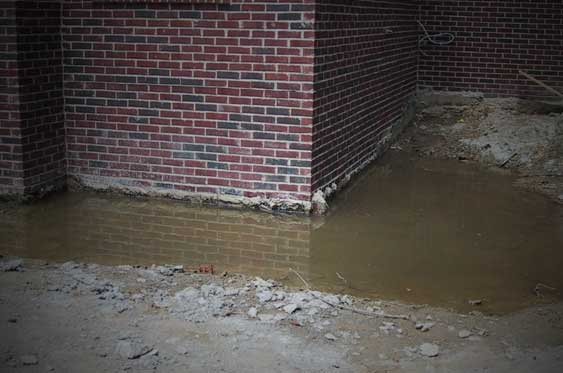Causes of Foundation Settlement
Why do Foundations Settle?
The foundation is dependent upon the soil that surrounds it to hold it in place. In theory this relationship should stand the test of time. However, the one variable that cannot be controlled is that the soil beneath and around the foundation is constantly changing. This is due to a variety of reasons, and is common in the Dallas area. Foundation Repair is best achieved by using SecureLock Steel Piers. For foundation repairs in Dallas and surrounding areas, call us for a free assessment.
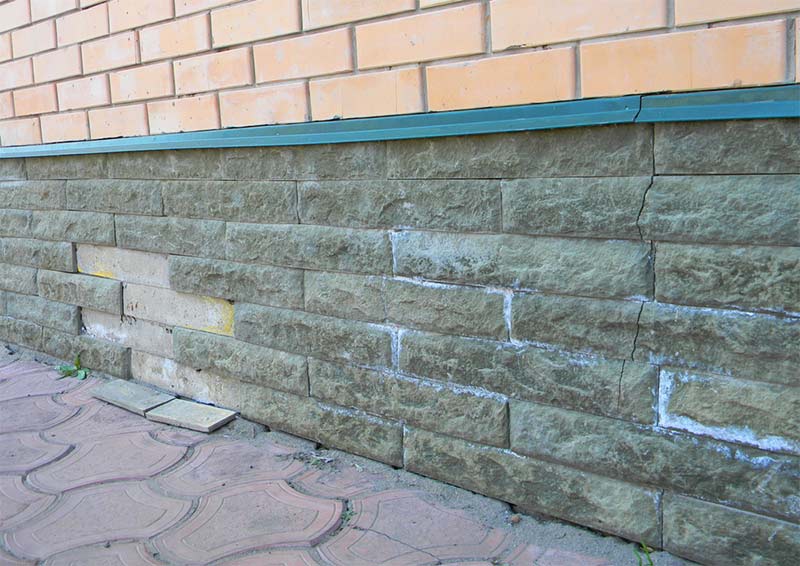
What We Do
Residential Foundation Repair
Commercial Foundation Repair
Free Written Evaluations
Full Lifeteme Warranty
Honest, Fair Assesments
Over 30 Years of Experience
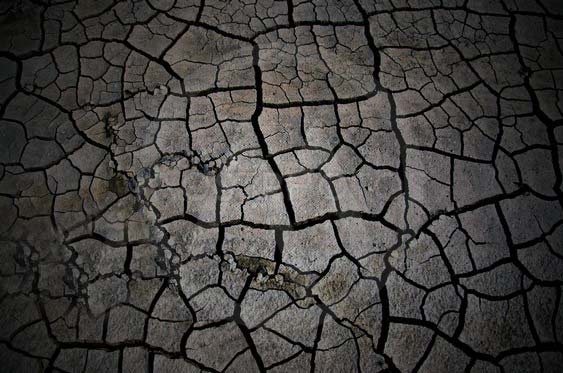
WHY DO FOUNDATIONS SETTLE?
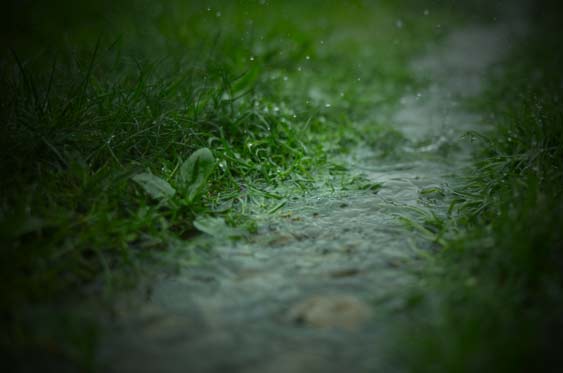
POOR DRAINAGE AT THE PERIMETER OF A FOUNDATION
Water standing or running alongside a foundation after rains may cause differential settlement of a foundation. If soil grading is such that water runs alongside a foundation during rains, the water will run under the edge of the foundation and carry away soil supporting the foundation. The effect is much more pronounced if the soil was very dry prior to the beginning of the rain. In addition, if water is allowed to stand alongside a foundation, it will flow below the foundation and dissolve the clay supporting the foundation, carrying it into the cracks that develop in the yard outside the foundation area during extended dry periods. This problem is more severe if the soil in the general area has been very dry, but is less severe if the soil has been maintained moist.
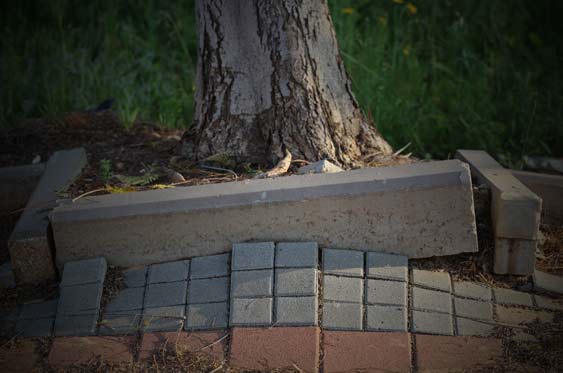
EFFECT OF PLANTS ON FOUNDATION PERFORMANCE
